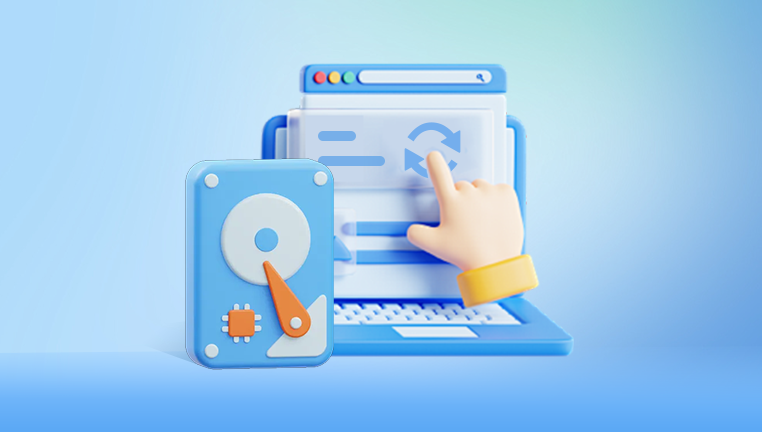If your external disks aren’t showing up in Finder on a Mac, it can be due to several reasons.
1. Check Physical Connections
Cable and Port Check: Ensure the external disk is properly connected. Sometimes, cables can be loose or damaged. Try a different USB port or cable to rule out hardware issues.
Power Supply: Some external hard drives need an external power source. Make sure it's plugged in and turned on.

2. Verify Finder Preferences
Open Finder Preferences:
Go to the Finder menu and select "Preferences."
Click on the "Sidebar" tab.
Ensure that "External disks" is checked under "Locations."
Show All Devices:
In Finder, go to the "View" menu and select "Show Sidebar" if it's not already visible.
Click on the "Go" menu and choose "Computer." Check if the external disk appears here.
3. Check Disk Utility
Open Disk Utility:
Go to Applications > Utilities > Disk Utility.
Check for Disk Recognition:
Look at the list of drives on the left. If the external disk appears here but not in Finder, it might be an issue with the filesystem or partition scheme.
Mount the Disk:
Select the external disk and click the "Mount" button if it’s grayed out.
Run First Aid:
If the disk shows up but isn't mounting, try running First Aid to check for and repair errors.
4. Check Disk Format
Verify Disk Format Compatibility:
In Disk Utility, check the format of the external disk. macOS supports several formats, including APFS, HFS+, and ExFAT. If the disk is formatted with a non-compatible format like NTFS (Windows-only), macOS might not be able to read it without additional software.
Reformat if Necessary:
Caution: Reformatting will erase all data on the disk. Ensure you have a backup before proceeding.
Select the disk in Disk Utility, click "Erase," choose a format compatible with macOS (APFS or HFS+), and proceed.
5. Check for Software Issues
Restart Your Mac:
Sometimes, a simple restart can resolve temporary glitches.
Update macOS:
Ensure your system is up-to-date. Go to System Preferences > Software Update.
Safe Mode:
Boot your Mac into Safe Mode by holding the Shift key during startup. This can help identify if the issue is caused by third-party software.
6. Check System Information
Open System Information:
Go to Apple menu > About This Mac > System Report.
Check for USB/Thunderbolt Devices:
Under "Hardware" in the sidebar, select "USB" or "Thunderbolt" (depending on your connection). Check if the external disk is listed here.
7. Look for Issues with macOS
Reinstall macOS:
If none of the above solutions work, consider reinstalling macOS. This can fix any underlying software issues that might be affecting disk recognition.
8. Consider Third-Party Software
Disk Management Software:
There are third-party applications available that can help manage disks and troubleshoot issues. Some popular options include Paragon NTFS for Mac, Disk Drill, and EaseUS Data Recovery Wizard.
Data Recovery Tools:
If the disk is not showing up and you suspect data loss, you might need data recovery software or professional data recovery services.
9. Seek Professional Help
Consult Apple Support:
If you’ve tried all the steps and still can’t get your external disk to show up, it might be time to contact Apple Support or visit an Apple Store for professional assistance.
Data Recovery Services:
For critical data recovery, consider contacting a professional data recovery service. They have specialized tools and expertise to recover data from malfunctioning drives.
Additional Tips:
Check for Disk Errors: Regularly running disk checks can help prevent issues from becoming critical.
Backup Regularly: To avoid data loss, always keep backups of important files using Time Machine or other backup solutions.
By following these steps, you should be able to diagnose and potentially resolve the issue with your external disk not appearing in Finder. If problems persist, seeking professional assistance might be the best course of action.




